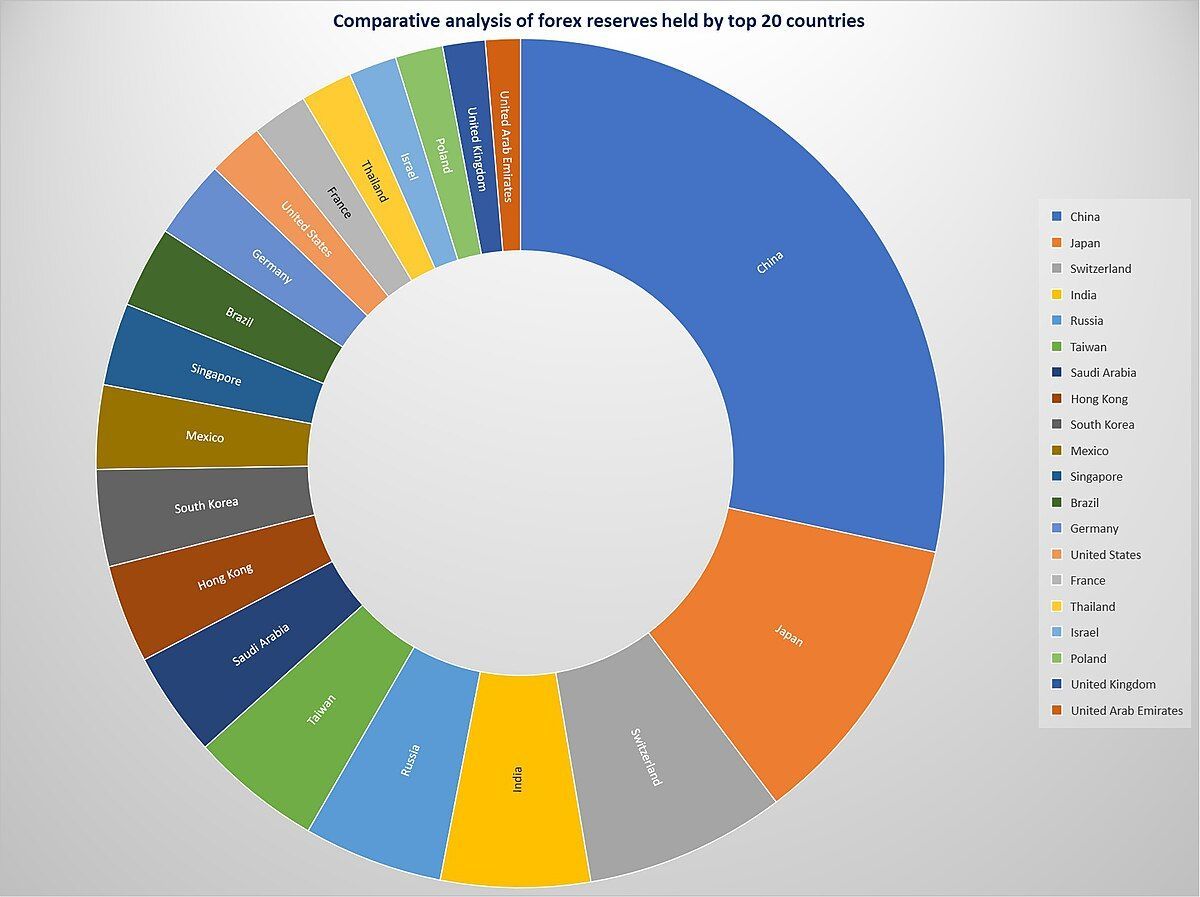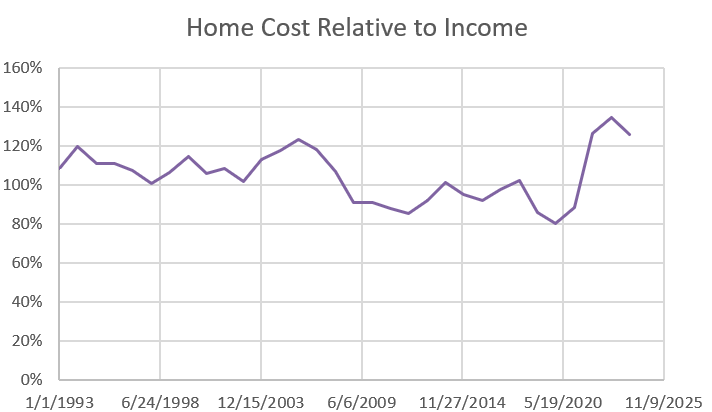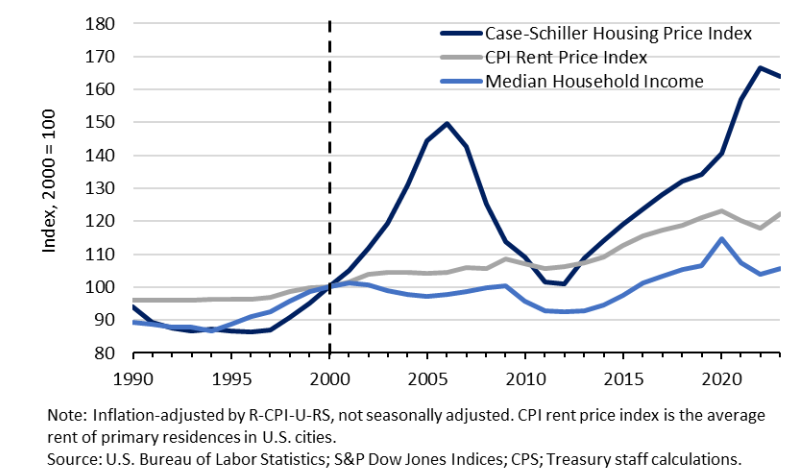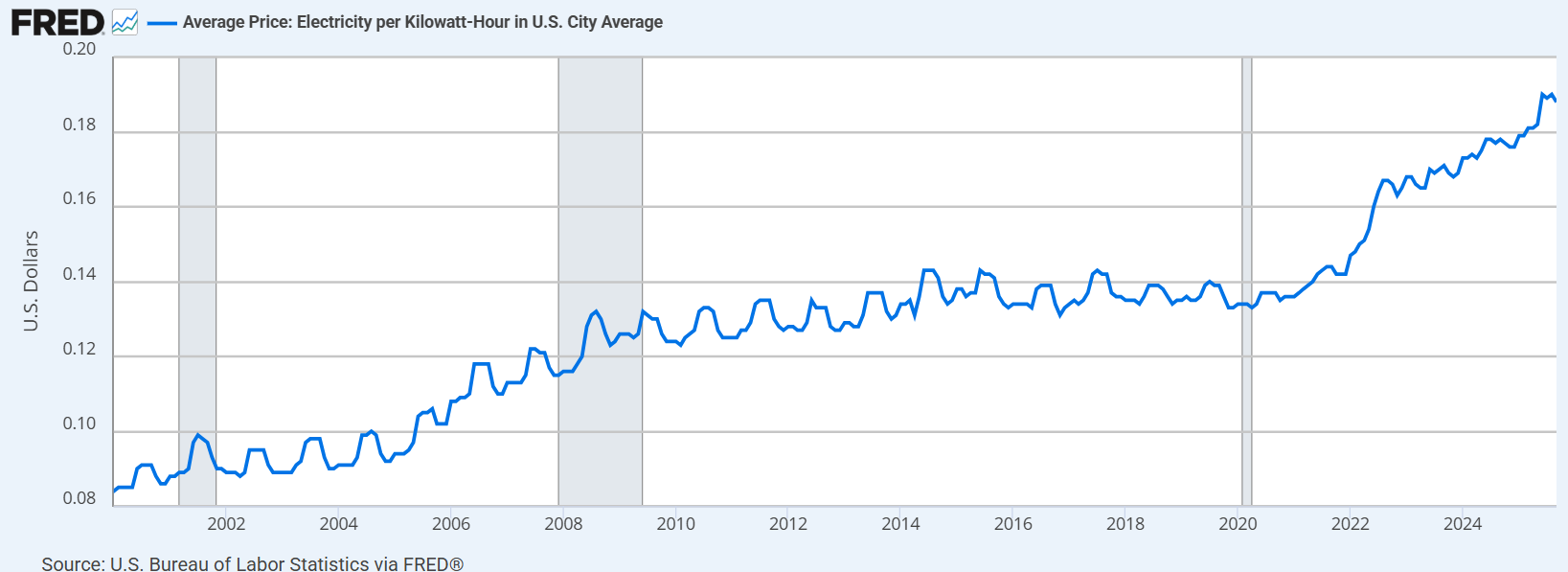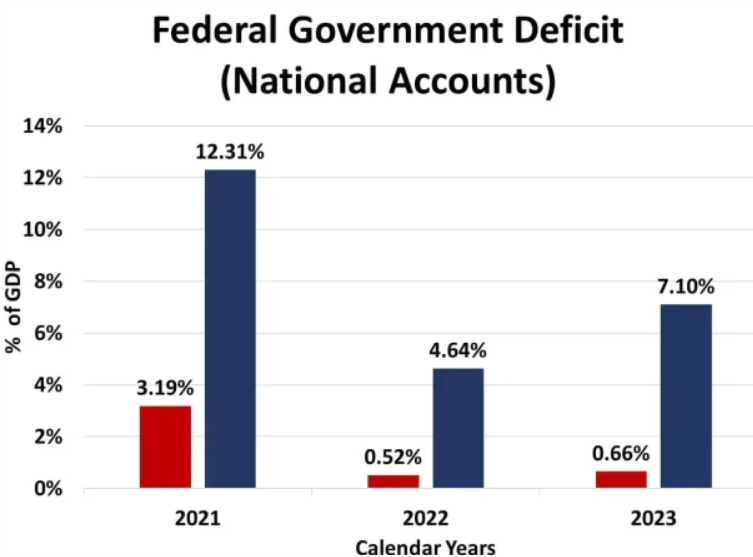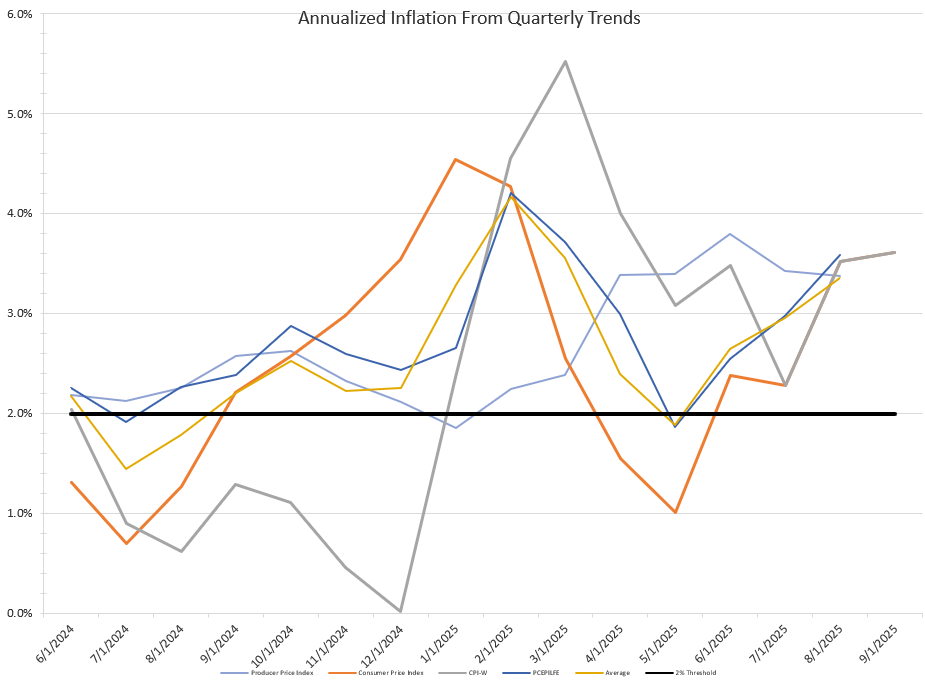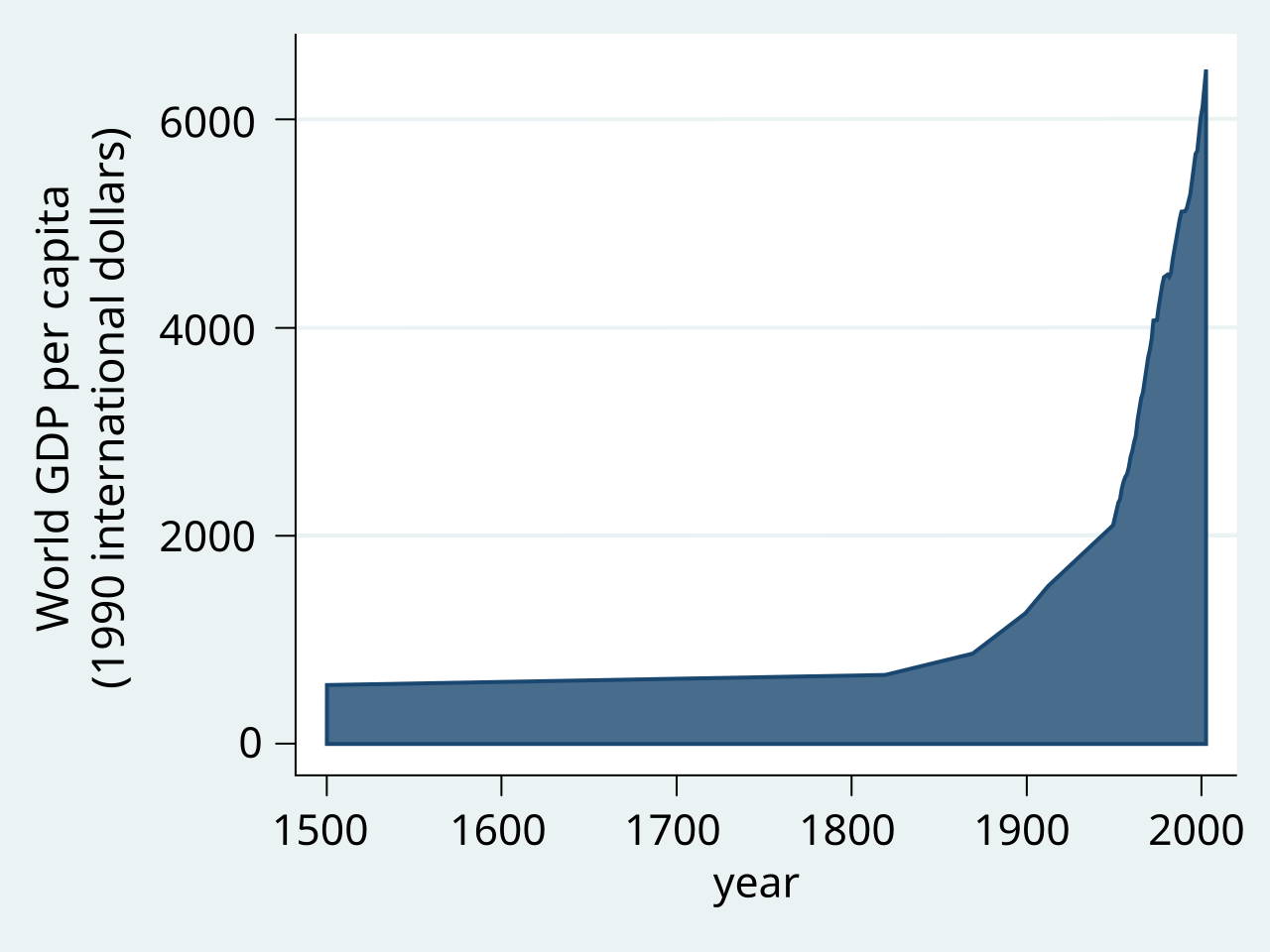Colin Read • August 20, 2023
Discount Rate Predictions to Year End - August 20, 2023

Last week we documented that all the various inflation measures are converging nicely into a tight 2%-3% range. How does the rest of the year look?
Readers of this blog know that we have identified a flaw in the national inflation discussion. The so-called “headline inflation” is published early each month for the twelve month period ending in the previous month. The August data tells us how prices rose from July 2022 to July 2023. We have observed that a big spike in inflation following COVID and the Ukraine invasion continued to influence this headline inflation rate right into middle 2023.
Now, though, these spikes are falling out of the data. In fact, the data showed moderated month-to-month price increases since early spring of 2023.
We know that such annual data only slowly reads current market forces. Far more helpful for what is happening now is what has happened over the past few months. We see that quarterly inflation rates, be they the consumer price index, the core index that removes food and energy prices, and the producer price index, are all nicely in the 2% to 3% range. Extrapolating out to the end of the year under the assumption that the last few months are the best predictors of the next month’s rate, it appears that the Fed’s job is done. Or, is it?
If inflation now seems to be under 2.5% and holding steady or perhaps even declining slightly to the end of the year, what is the Fed worried about?
The nightmare of any Fed chair since Paul Volker in the late 1970s is the persistence of inflation because people demand higher wages in compensation. This so-called “wage-push” rebound inflation is hard to eradicate once it takes hold because the expectation of inflation becomes woven into the labor market psyche. The Fed is trying to lower expectations, while the Biden administration has been relatively ineffective in raising hope and expectations.
That ability to hold inflation high for a prolonged period of time is proportional to labor power. Since the late 1970s, the rate of unionization has dropped from over 20% to hover around 10% now. This mitigates the power of labor to demand higher wages in compensation for higher prices.
Instead, people vote with their feet rather than on their union contracts. The Fed is watching the rate people leave jobs, presumably for higher wages or more flexible working conditions. This creates a tale of two turnover rates. One is for those who are willing to change jobs, locations, and maybe even careers. They are typically younger, have greater family flexibility, and have hard-wired expectations that they may shift jobs a number of times over their working lives. They are also less concerned about pension vesting or preservation of employer-provided health care. These individuals are reaping a wage bounty arising from their flexibility.
The other world are those more locked into their jobs for various health care, family, and career reasons. These individuals are not receiving wage increases commensurate with inflation. In essence, they are paying the inflation tax. Commodity providers and corporations reap the revenues arising from higher prices, but do not need to raise their wage costs commensurately. This gap also heightens the rate of income disparities.
Resolution of this final issue is the Fed’s final concern. It needs to be convinced that wage increases are transient and localized in certain employment sectors and are not broad trends. They look at quit rates and the unemployment rate as two aspects of labor turnover. The unemployment rate has been holding constant and the quit rate has been declining. This suggests broad wage inflation is moderating as well.
Once the Fed is satisfied of this trend, they will take their foot off the brake and allow the economy to coast at an inflation rate in the mid to low twos, the unemployment rate in the mid threes, the Fed discount rate held in the fives, and mortgages in the sixes and sevens. While some of these stabilized measures seem abnormally high, it is only because the surreal decade and a half since the 2008 Great Recession has so skewed expectations.
I expect the Fed to raise interest rates once more by a quarter of a point and then go on a victory lap. They then have some flexibility to lower interest rates in the future should the economy begin to flag. They are in a nice sweet spot now, but the last thing they want us to do is give us a sense of such comfort that we feel we can demand higher wages. A trick or two with their levers and the whole country remains on its feet.

